The establishment of numerous industries, the release of freons to the atmosphere, the excessive use of automobiles, the large felling of trees, the indiscriminate use of natural resources, the fight for dominance in space, etc. are the few questionable activities of the human beings for disturbing the natural balance thus causing an environmental degradation of a magnitude serious enough to threat the very existence of mankind. Environmental pollution is a matter of grave concern to all of us and it is absolutely essential to devise ways and means for the effective control of inflow of pollutants for the present agro-industrial developments and also to meet out the pressing demand of future industrial development. It is heartening to note that a global awareness has been generated about the environmental pollution. The people all around the world are now pinning their hopes on the matured wisdom of the leaders of the world who are to congregate at the earth summit with a need to examine the global problems and to combat them. Emissions of harmful gases, discharge of heavy metals into the rivers and the sea and the sheer difficulty of finding enough space to dispose safely the worlds rubbish, has posed additional problems. The great engineering projects of the next century will not be civil engineering of dams or bridges but the bioengineering of sewage works and waste pipes. The star scientists will be those who find cheaper ways to dispose of plastics or to clean up contaminated soil. For farsighted companies, the environmental engineering and science may turn out to give the biggest opportunity for enterprise and invention that the industrial world has seen. An early argument for cutting pollution was that pollution was caused by waste, and waste costs money. In the long run, it may be cheaper not to build dirty plants in the first place rather than clean up the mess. The society has to learn to decouple the growth of economy from the growth of rubbish just as the western world has decoupled economic growth from energy use. It is time now to move away from the top of the stack and end of the pipe approach to cleaner technologies that produce low or no waste at all. It may often mean rethinking and redesigning of industrial processes to cut the use of raw materials and especially of the hazardous ones. By minimizing pollution in the first place, a company may also reduce the environmental risk it takes. When the commitment and drive with which regulations under that act has to be made are not to be seen at all. It is no use saying that there is a lack of political will. Political will is not just the will of politicians. It is the will of us all. It seems that there has been no voice in India’s king for an effective implementation of the Environment Protection Act. Laws are not considered important in any struggle for social change. With competence in science and technology, understanding of law should not be a very big problem. It is not going to be very difficult to look at bits and pieces of legislation that we have. This dictionary is planned to cover a wide and balanced variety of topics from diversified subjects. An attempt has been made to keep the notations and usage consistent throughout. This work is certainly not perfect, and remains difficult. As the application of a dictionary is to provide an explanation of terms in current use, whether they are intrinsically desirable or not. In this entire compilation tried to deep, not a half and usage consistency; but not attempted for any standardization of symbolism or nomenclature. It is very possible that a worth of this kind, normative but earnestly tried not to standardize more than consistency required to the subject clearly reveals that the intensity of desire for a uniform symbolism, which could cover the whole domain of environmental surveillance varies inversely with knowledge of extent and the complexity. It was endeavored to delve in details on the various aspect of environment pollution and to review the state of art in environmental surveillance. It is hoped that it will serve as a technical reference as well as a broad source of general information for surveillance of environmental pollution for sustainable development and restoration of environmental hygiene in one way and the other.
Water: Characteristics and Properties
$38.70
$43.00

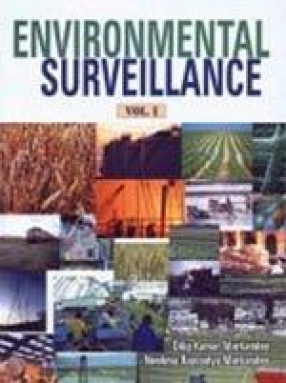
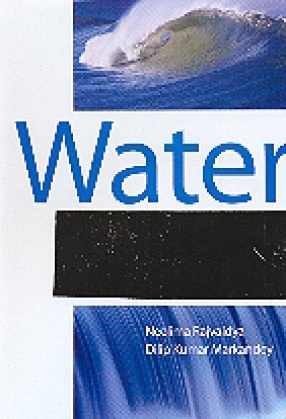
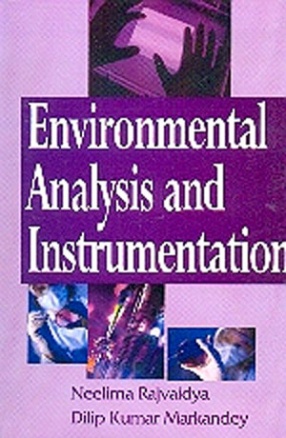
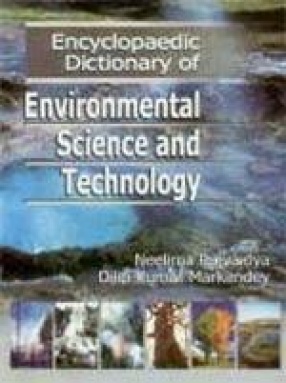
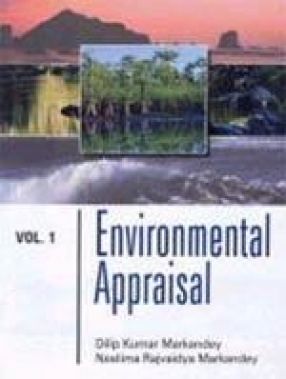


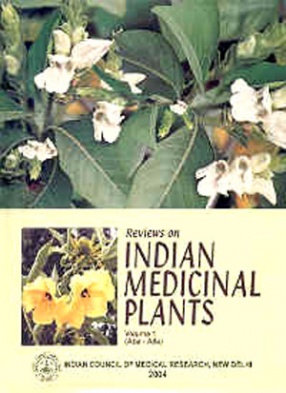
There are no reviews yet.